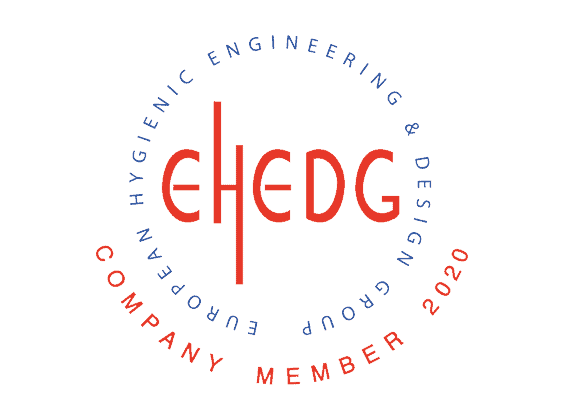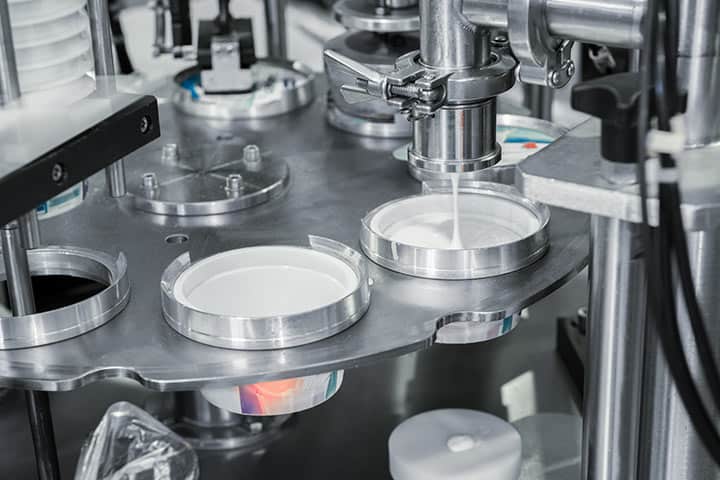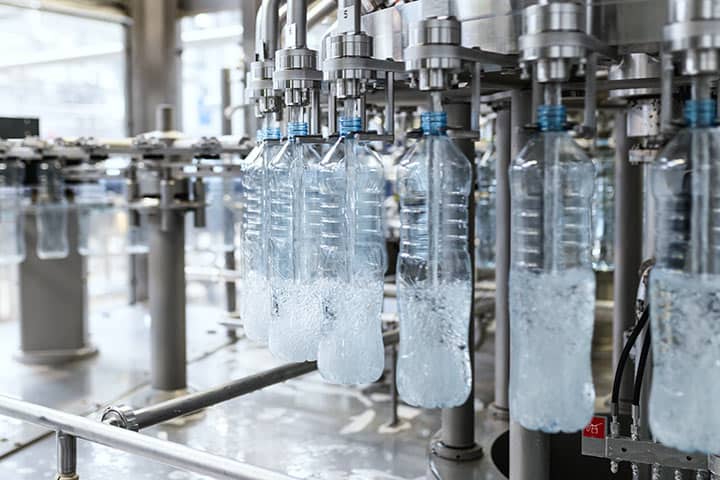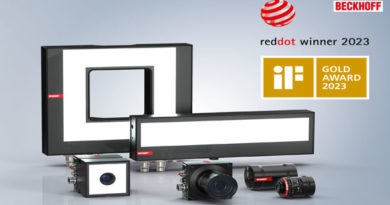Hygienic Design of Load Cells and Equipment for the Food, Pharmaceutical and Chemical Process Industries
 European Hygienic Engineering & Design Group (EHEDG)
European Hygienic Engineering & Design Group (EHEDG)
The EHEDG was founded in 1989 as an expert community that aims to raise awareness of the importance of hygiene in food processing and packaging. In Germany, around 100 companies and institutions are members of the EHEDG. Its main task is to promote hygienic engineering and design in all areas of food production. The organization develops appropriate guidelines and also provides certification. Furthermore, the EHEDG supports European legislation that requires food to be handled, processed and packaged hygienically, using hygienic machinery, and in a hygienic environment (EC Directive 2006/42/EC for machinery, EN 1672-2 and EN ISO 14159 for hygiene requirements).
HBM is also a member of the European Engineering & Design Group.
Basic Requirements for Hygienic Design
The hygienic design of plants focuses less on areas in which the risk of contamination is largely excluded. Instead, areas where direct or indirect product contamination is possible are a high priority. The aim is to recognize and avoid possible problem areas in order to guarantee high product safety. Consequently, the areas of plants for hygiene-sensitive production or aseptic packaging that are in contact with the product require an “easy to clean” design.
The easiest possible cleaning of all plants and components is achieved by using the appropriate materials, and by the geometry and surface design of the individual parts. Moreover, correct assembly that avoids angles, gaps and dead space is extremely important. In addition, plants must be easy to disassemble, clean, and put back together again.
What are the basic principles for a hygienic plant design*?
Component Certification
Conclusion
Hygienic design is playing an increasingly important role in the food and pharmaceutical industries. Thanks to its new load cells with EHEDG certification, sensor and measurement technology specialist HBM can position itself in the market as a supplier to the highly demanding food and pharmaceutical sector. Plant engineers who integrate these load cells in their applications can be safe in the knowledge that they will comply with the relevant legislation.





